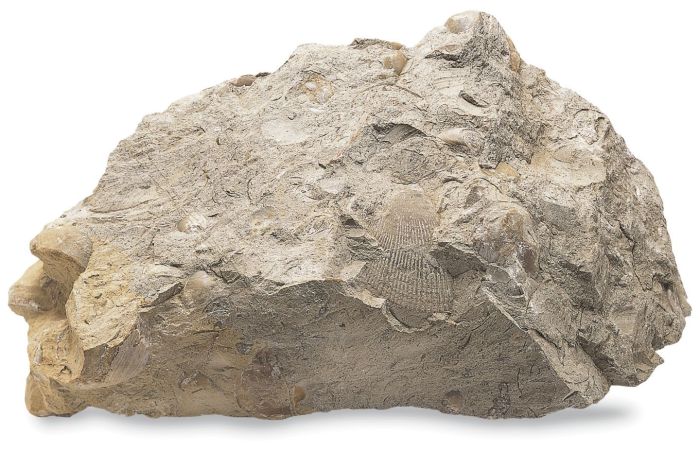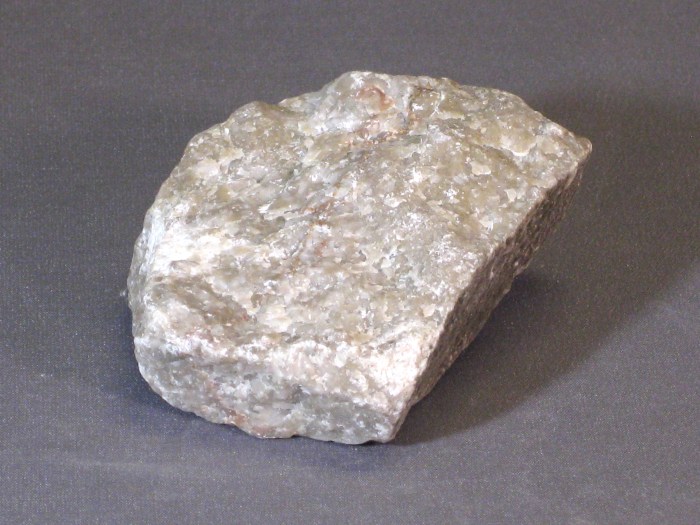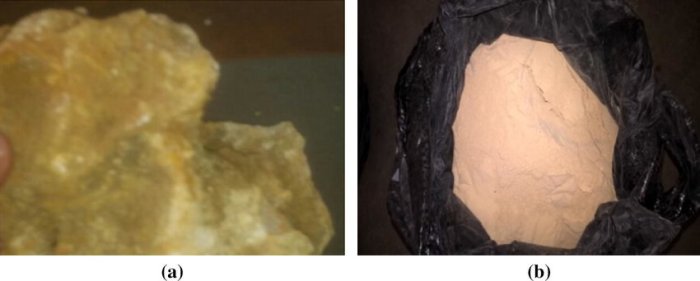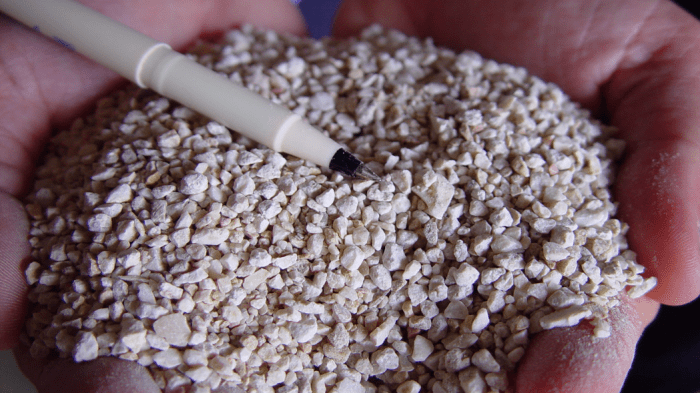Limestone rock with egg like particles – Limestone rock with egg-like particles, a fascinating geological phenomenon, unveils a captivating interplay of geological processes and unique characteristics. This enigmatic rock formation, with its distinctive appearance and intriguing composition, offers a glimpse into the intricacies of Earth’s geological history.
Composed primarily of calcite, limestone rock with egg-like particles exhibits a distinctive crystalline structure and porosity that sets it apart from other types of limestone. Its physical properties, including density, hardness, and color variations, reflect the unique conditions under which it was formed.
Geological Origins and Formation

Limestone rock with egg-like particles is formed through a unique geological process involving the deposition and alteration of marine sediments. These sediments primarily consist of the skeletal remains of marine organisms, such as corals, mollusks, and algae, which accumulate on the ocean floor.
Over time, these sediments undergo compaction and cementation, resulting in the formation of limestone. The egg-like particles within the rock are formed when certain marine organisms, such as certain types of algae, secrete a protective coating around themselves. These coatings, composed of calcium carbonate, create the distinctive egg-like shape and texture of the rock.
Composition and Structure

Limestone rock with egg-like particles is primarily composed of calcite, a crystalline form of calcium carbonate. The rock’s unique structure is characterized by the presence of ooids, which are small, spherical grains that resemble fish eggs. These ooids are composed of concentric layers of calcium carbonate and are often cemented together by a matrix of finer-grained calcite.
The porosity of the rock varies depending on the size and packing of the ooids, with higher porosity resulting in a lighter and more porous rock.
Physical Properties and Characteristics

Limestone rock with egg-like particles typically has a density ranging from 2.5 to 2.8 grams per cubic centimeter. It is a relatively soft rock with a Mohs hardness of around 3, making it easily workable and suitable for carving and shaping.
The color of the rock can vary from white to gray, beige, or pink, depending on the presence of impurities and organic matter. The distinctive texture and surface features of the rock, including the presence of ooids and the rough or pitted surface, set it apart from other types of limestone.
Applications and Uses: Limestone Rock With Egg Like Particles

Limestone rock with egg-like particles has a wide range of applications in various industries. It is commonly used as a building material due to its durability, ease of working, and attractive appearance. The rock is also used as a decorative stone in landscaping, flooring, and countertops.
In agriculture, it is used as a soil amendment to improve soil pH and provide calcium for plant growth. Additionally, it is used in the production of cement, lime, and other industrial products.
Commonly Asked Questions
What are the key factors that influence the formation of limestone rock with egg-like particles?
Environmental conditions, such as temperature, pressure, and the presence of organic matter, play a crucial role in the formation of these unique structures.
How does the crystalline structure of limestone rock with egg-like particles differ from other types of limestone?
This type of limestone exhibits a distinctive interlocking crystalline structure that contributes to its strength and durability.
What are the potential applications of limestone rock with egg-like particles?
Its unique properties make it suitable for use as a building material, decorative stone, and in agricultural applications.